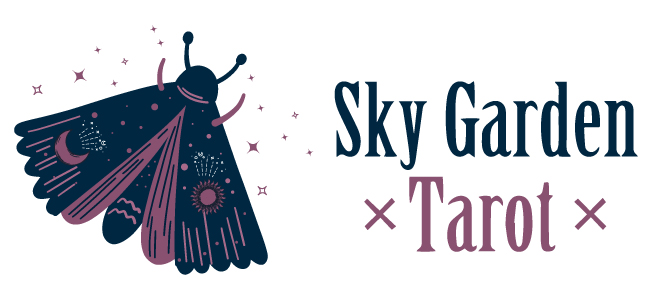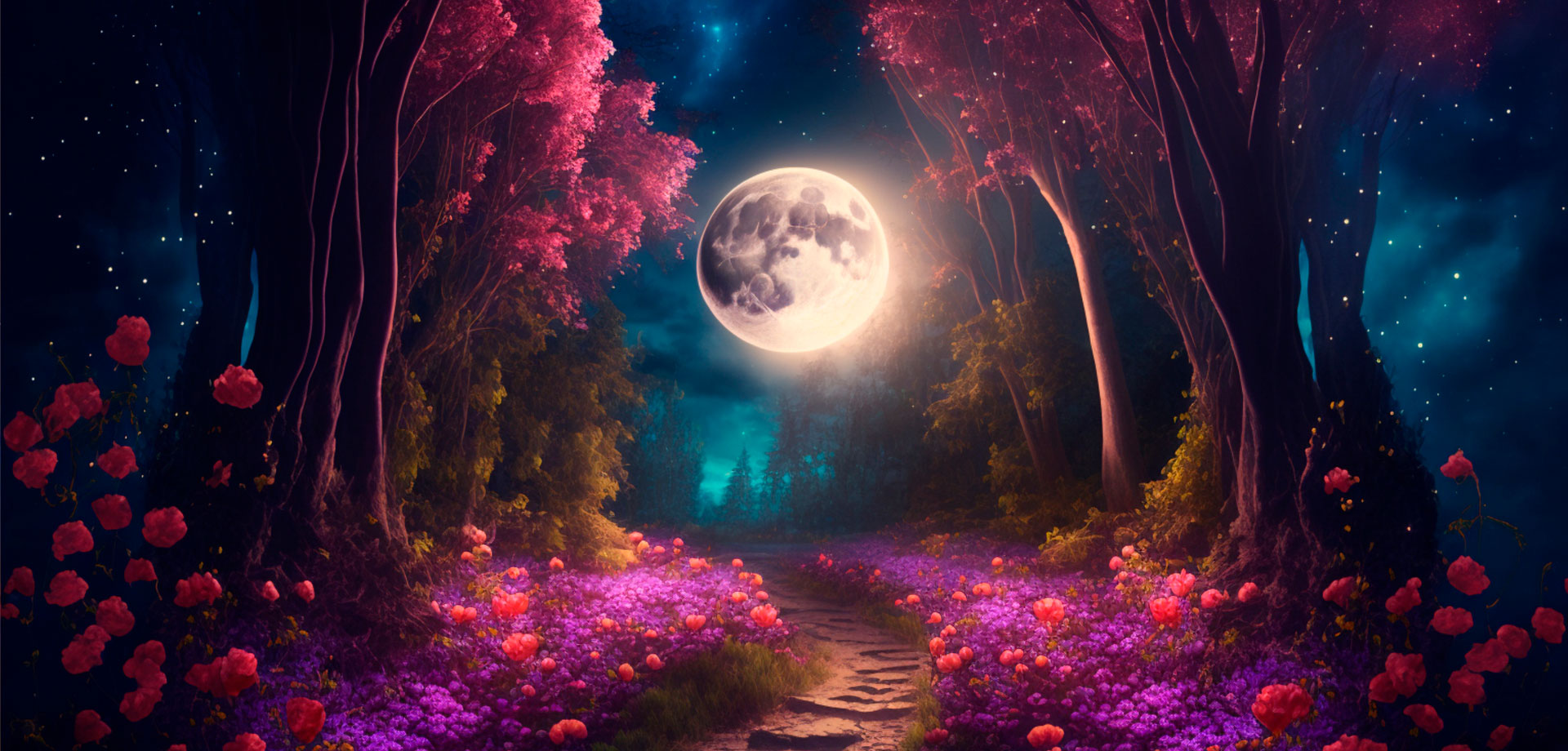A Yearly Lunar Journey
Witchcraft is a rich tapestry of traditions and rituals, with one of its key components being the celebration of lunar events known as esbats. These gatherings, often held in conjunction with the phases of the moon, are significant moments for witches and practitioners to connect with the divine, harness energy, and perform magical workings. In this article, we will delve into the esbats of 2024, examining their names, significance, and the unique energy they bring to the world of witchcraft.
Understanding Esbats
Esbats are lunar celebrations that occur outside of the eight Sabbats in the Wheel of the Year. Unlike Sabbats, which are tied to the sun and agricultural cycles, esbats focus on the moon’s phases. Witches view the moon as a symbol of the divine feminine, intuition, and mystical energy, making it a powerful ally in their magical endeavors.
The lunar cycle consists of eight distinct phases: new moon, waxing crescent, first quarter, waxing gibbous, full moon, waning gibbous, last quarter, and waning crescent. Each phase is associated with unique energies, making esbats an opportune time for spellwork, divination, and spiritual reflection.
Esbats are typically held during the full moon, but they can also occur during the new moon. The energy of the full moon is considered potent and is often used for rituals that involve manifestation, healing, and divination. Meanwhile, the new moon is associated with beginnings, making it ideal for setting intentions, starting new projects, and internal reflection.
What is a Blue Moon?
The Moon gracefully completes 12 full cycles of its phases in approximately 354 days, which falls 11 days short of a calendar year. Every two and a half years, this difference accumulates to create an extraordinary event—an additional, 13th full moon in a single year. This infrequent phenomenon is commonly known as a ‘blue moon.’ The exact origins of the term remain somewhat uncertain. Initially, it referred to the third full moon within a season containing four full moons. In contemporary usage, a ‘blue moon’ also denotes a second full moon occurring within a single calendar month. The popular saying “once in a blue moon” stems from the rarity of this occurrence, adding a touch of enchantment to celestial events.
What is the Harvest Moon?
The Harvest Moon stands as one of the most recognizable lunar appellations, designating the full moon nearest to the autumnal equinox. This luminous celestial body plays a crucial role in agriculture, casting its radiant glow to assist farmers in their late-night endeavors during the harvest season. Typically occurring in September, the Harvest Moon provides extended illumination, allowing farmers to work well into the night, ensuring a bountiful gathering of crops from the fields. This lunar occurrence has become ingrained in cultural and agricultural traditions, symbolizing a celestial partner aiding humanity in the earthly task of reaping the rewards of the harvest.
Esbats by Month in 2024
Let’s explore the esbats of 2024, noting their specific names, dates, and times. It’s important to remember that these dates and times are provided in Central European Time (CET), optimised for Zürich, Switzerland.
January – Wolf Moon
– New Moon: January 11, 12:58 pm
– Full Moon: January 25, 06:54 pm
In January, witches honor the Wolf Moon, a time when nature is at its harshest. This esbat is excellent for banishing negativity and embracing personal strength.
February – Snow Moon
– New Moon: February 9, 11,59pm CET
– Full Moon: February 24, 01:31 pm CET
The Snow Moon is associated with the deep chill of winter. Witches may use this time to tap into the calming energy of the snow for meditation and purification rituals.
March – Worm Moon
– New Moon: March 10, 10:02 am CET
– Full Moon: March 25, 08:01 am CET
March’s esbat offers a balance between the waning winter and the awakening spring. Witches might focus on rejuvenation, growth, and renewal during this time.
April – Pink Moon
– New Moon: April 8, 08:23 pm CET
– Full Moon: April 24, 01:51 am CET
As nature begins to bloom, April’s esbat is ideal for fertility rituals and spells related to abundance, prosperity, and growth.
May – Flower Moon
– New Moon: May 8, 05:24 am CET
– Full Moon: May 23, 03:33 pm CET
May’s esbat, associated with the blossoming of flowers, invites witches to explore themes of love, passion, and creativity.
June – Rose Moon
– New Moon: June 6, 02:40 pm CET
– Full Moon: June 22, 03:10 am CET
With the arrival of summer, June’s esbat is a time for celebrating the vibrant energy of the sun and harnessing its power for magical workings.
July – Buck Moon
– New Moon: July 6, 12:59 am CET
– Full Moon: July 21, 12:19 pm CET
July’s esbat is a period of heightened magical energy, perfect for divination, dreamwork, and connecting with the spiritual realm.
August – Sturgeon Moon
– New Moon: August 4, 01:14 pm CET
– Full Moon: August 19, 08:28 pm CET
As summer reaches its peak, witches may focus on strength, courage, and personal empowerment during August’s esbat.
September – Full Corn Moon
– New Moon: September 3, 03:56 am CET
– Full Moon: September 18, 04:36 am CET
September’s esbat marks the transition from summer to autumn, offering opportunities for balance, grounding, and introspection.
October – Hunters Moon
– New Moon: October 2, 08:50 pm CET
– Full Moon: October 17, 01:27 pm CET
With the arrival of fall, October’s esbat is a time for honoring the harvest and expressing gratitude for abundance.
November – Frost Moon
– New Moon: November 1, 01:48 pm CET
– Full Moon: November 15, 10:29 pm CET
November’s esbat encourages reflection, gratitude, and preparing for the winter months ahead.
December – Cold Moon
– New Moon: December 1, 07:22 am CET
– Full Moon: December 15, 10:02 am CET
– Black Moon: December 30, 11:27 pm CET (second new moon in a single calendar month)
December’s esbats usher in the winter solstice, making it an ideal time for introspection, spiritual growth, and embracing the magic of the season. The Black Moon on December 30 is a rare occurrence and holds potent energy for manifesting desires and unlocking hidden potentials.
Exploring Lunar Identities: Names of the Moon in the Northern Hemisphere
The moon, a celestial companion that has captured the human imagination for centuries, goes by many names, each deeply rooted in cultural, historical, and seasonal significance. This section delves into the enchanting world of moon names, an age-old tradition embraced by various cultures in the Northern Hemisphere. As the moon waxes and wanes, it assumes distinctive identities, from the mysterious Wolf Moon to the vibrant Rose Moon. These names not only reflect the lunar phases but also connect intimately with the ebb and flow of nature, offering a poetic and profound understanding of the cosmos. Join us on this celestial journey as we unravel the stories behind each monthly full moon, unveiling the rich tapestry of lunar identities that grace the night skies above the Northern Hemisphere.
January: Wolf Moon
Named after the haunting howls of hungry wolves echoing through the winter night, January’s full moon is known as the Wolf Moon. It pays homage to the wolves’ lament over the scarcity of food during midwinter. Other aliases for this moon include the Old Moon and Ice Moon.
February: Snow Moon
In February, the Northern Hemisphere experiences cold, snowy weather, earning its full moon the title of Snow Moon. Storm Moon and Hunger Moon are alternative names associated with the challenging winter conditions.
March: Worm Moon
Known as the Worm Moon, March’s full moon is a nod to Native American traditions, reflecting the appearance of worm trails in newly thawed ground. Other monikers include Chaste Moon, Death Moon, Crust Moon, and Sap Moon, the latter inspired by the tapping of maple trees.
April: Pink Moon
April’s full moon is named the Pink Moon by Northern Native Americans, inspired by early-blooming wildflowers. Alternately, it’s known as the Sprouting Grass Moon, Egg Moon, and Fish Moon in different cultures.
May: Flower Moon
May’s full moon is celebrated as the Flower Moon, symbolizing the abundance of blooming flowers as spring takes full bloom. Other names include the Hare Moon, Corn Planting Moon, and Milk Moon.
June: Rose Moon
Termed the Rose Moon by Europeans and the Hot Moon in some cultures, June’s full moon marks the beginning of summer heat. In North America, the Strawberry Moon derives its name from the strawberry harvest occurring in June.
July: Buck Moon
Known as the Buck Moon, July’s full moon aligns with the regrowth of antlers on male deer. Native Americans named it for this reason, while others refer to it as the Thunder Moon due to summer storms. Additional names include the Hay Moon, connected to the July hay harvest.
August: Sturgeon Moon
August’s full moon is recognized as the Sturgeon Moon by North American fishing tribes, reflecting the increased presence of this species during the month. It’s also called the Green Corn Moon, Grain Moon, and Red Moon, the latter owing to its reddish hue in the summer haze.
September: Full Corn Moon
The Full Corn Moon of September signifies the culmination of the summer season, coinciding with the gathering of crops. Also called the Barley Moon, it is often the closest full moon to the autumnal equinox, earning the additional title of Harvest Moon.
October: Hunter’s Moon
Following the Harvest Moon, October hosts the Hunter’s Moon, the preferred month for hunting summer-fattened deer and foxes unable to conceal themselves in bare fields. It is notably bright and lengthy in the sky, providing hunters the opportunity for nocturnal pursuits. Other names include the Travel Moon and Dying Grass Moon.
November: Frost Moon
The origin of November’s Beaver Moon is a matter of debate. Some attribute it to Native Americans setting beaver traps during the month, while others link it to the heightened activity of beavers constructing their winter dams. Another title for this moon is the Frost Moon.
December: Cold Moon
As winter takes hold, December’s full moon is aptly named the Cold Moon. It’s also known as the Long Night Moon and Oak Moon, reflecting the extended darkness of winter nights and the enduring strength associated with oak trees.
Conclusion
The esbats of 2024 provide a roadmap for witches and practitioners to align their magical workings with the ever-changing energies of the moon. Whether harnessing the vibrant energy of summer or delving into the introspective nature of winter, each esbat offers unique opportunities for spiritual growth, magical exploration, and connection with the divine. By understanding the significance of each lunar phase, witches can navigate the year ahead with intention, wisdom, and a deep connection to the natural cycles of the universe.


0 Comments